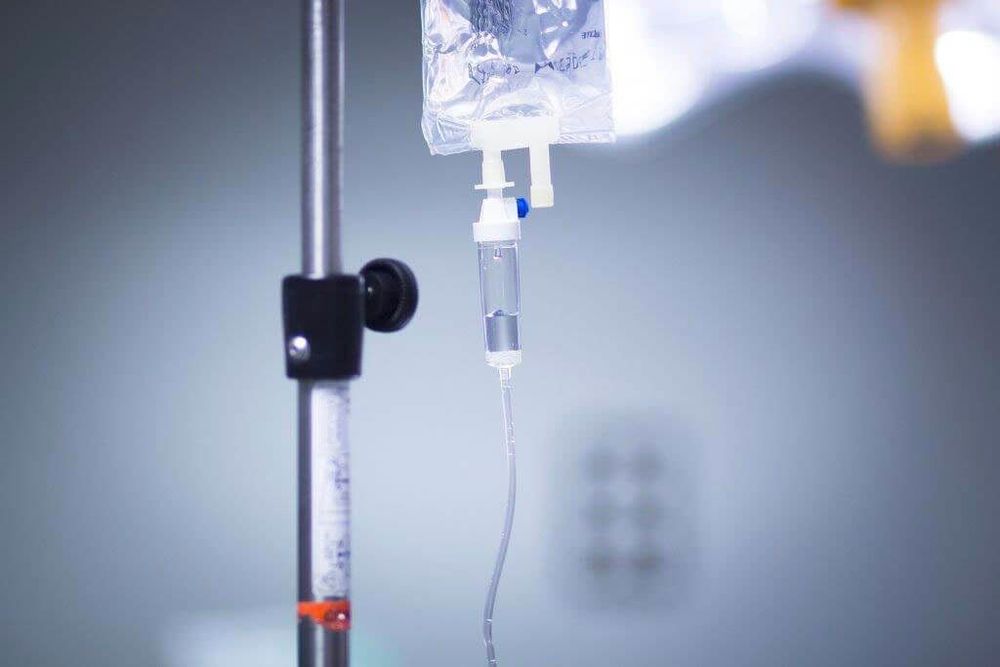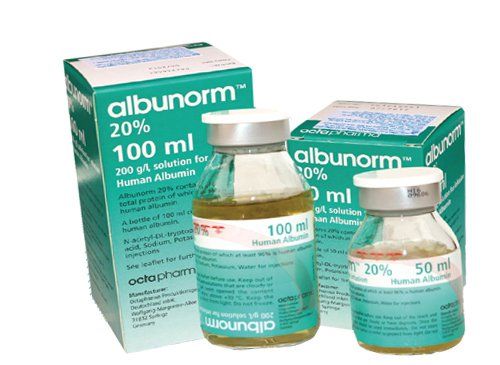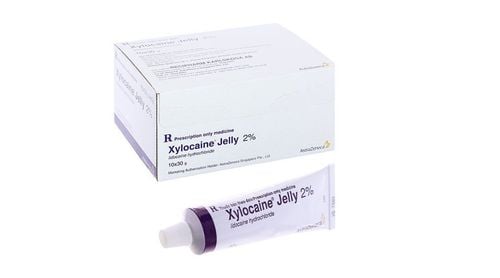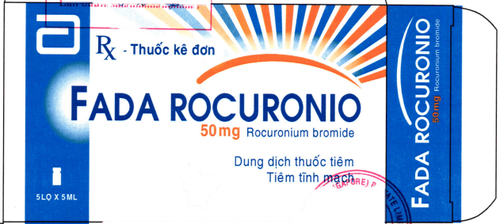This is an automatically translated article.
Hypovolemic shock is the result of a sudden and severe reduction in blood volume, decreased venous return to the heart, decreased cardiac output, decreased tissue perfusion... Resuscitation of integrated hypovolemic shock The most reasonable thing is to immediately replenish the lost blood, both in quantity and quality. It is necessary to urgently perform emergency treatment for patients in shock, especially children.
1. Causes of hypovolemic shock
The cause of shock is usually severe bleeding, which is easy to recognize. Sometimes hypovolemic shock due to plasma loss or shock due to loss of large amounts of water, originating from organs of the digestive system, kidneys or skin.
Causes of hypovolemic shock in children can be divided into two groups: hypovolemic shock due to blood loss and hypovolemic shock due to dehydration.
1.1 Due to blood loss Children traumatized: broken blood vessels, broken solid organs, broken pelvis... Bleeding in the gastrointestinal tract: ruptured esophageal varices, peptic ulcer, intestinal ulcer... Bleeding respiratory bleeding: the child coughs up heavy blood. Vascular diseases: dissection aneurysms, arteriovenous malformations. 1.2 Due to dehydration The child has acute diarrhea. Children vomit a lot. Frequent urination, increased osmotic pressure or the child is transfused with a lot of hypertonic fluid ... Severe burns . Heat stroke, heat stroke.
1.3 Compensatory Mechanisms of the Body During the acute phase, fluid shifts are faster and more abundant (20-80 ml/hour), in which red blood cells recover more slowly (20 ml/24 hours). Therefore, in the first hour, the decrease in Hct indicates that the blood is diluted. The mechanism of fluid displacement is due to pre-capillary and arterial constriction, reducing capillary hydrostatic pressure, water from the extravasation will enter the intravascular until equilibrium.
Compensatory mechanism thanks to hemodynamic changes, there are 2 stages:
Hypersympathetic phase: to cope with the decrease in venous return, which reduces cardiac output, the body will compensate by increasing heart rate, increasing cardiac contractility, constricting peripheral vasoconstriction, limiting arterial hypotension... Stage of pulmonary resistance: is the main cause of acute respiratory failure, followed by regulating body volume. Irreversible shock: later, the body is not able to compensate, leading to a decrease in arterial blood pressure, a prolonged decrease in cardiac output. Shock will not be reversible if no therapeutic intervention or treatment is unsuccessful.

Trẻ bị mất nước là nguyên nhân gây sốc giảm thể tích tuần hoàn
2. Symptoms of hypovolemic shock
Pale skin and mucous membranes, cold skin, rapid breathing, increased thirst, oliguria/oliguria Small rapid pulse that is difficult or impossible to catch (in the early stages, the body can compensate for it, the pulse is clear) Arterial blood pressure drops , sometimes the blood pressure is still maintained but unstable, can drop violently at any time, the vein collapses. (in the compensatory stage, blood pressure is within normal limits or slightly increased) Central venous pressure is low, even zero, indicating severe hypovolemia. Hct is reduced In the early stages of shock, the child Changes in consciousness lead to arousal but still awake, in the late stages the child will struggle to lethargy or go into a coma. Signs that cause hypovolemic shock: dehydration, blood loss. burn child...
3. Emergency resuscitation for hypovolemic shock
4 basic steps in the management of hypovolemic shock
Assess the child's basic vital functions immediately, perform basic tests, immediately determine blood type if hemorrhagic shock. Quickly identify and treat the cause. Instant transmission. 3.1. First aid emergency management of hypovolemic shock Treatment goal within the first 1 hour
The child's pulse returns to normal according to age Systolic blood pressure 60 mmHg in children < 1 month Systolic blood pressure 70 mmHg + [2 x age (years)] for children from 1 to 10 years of age Systolic blood pressure 90 mmHg for children > 10 years Capillary filling time is less than 2 seconds (< 2s) Child's spirit returns to normal Amount urine output ≥ 1 ml/kg/hour 3.2. Management of respiratory failure Clear the child's airway, place pillows under the shoulders and keep the head low. Give the child oxygen with a high flow rate of 5-10 liters/min (100%), if there is no improvement (children present with cyanosis of the lips and extremities, Sp02 < 92% or more severe symptoms of shock), then insert a tube. endotracheal tube for respiratory support.

Đặt nội khí quản để phòng tránh suy hô hấp cho trẻ
3.3. Emergency volume depletion Establish an intravenous line or an intraosseous/vein exposed if the child's vein cannot be removed. Infuse 20ml/kg of Ringer lactate solution or 0.9% sodium chloride over 5 to 5 minutes, In case of severe shock, fluid can be pumped rapidly and reassessed after each infusion dose. The above dose may be repeated if necessary. The amount of fluid infused into the child's body can be up to 40-60ml/kg in the first hour. From the second dose, attention should be paid to fluid overload (manifested as rales, enlarged liver). macromolecular fluid or 4.5% Albumin for hypovolemic shock not due to dehydration alone (due to blood loss, pancreatitis, intestinal obstruction...). The dose of macromolecular solution in hemorrhagic shock is 3 ml for every ml of blood lost (if not already transfused), preferably a blood transfusion. 3.4. Follow-up treatment If the child has escaped from shock, it is necessary to continue the maintenance fluid throughout the day depending on the degree of deficiency and pay attention to the treatment of electrolyte disorders (if any).
If the child is in hypovolemic shock alone, the child will be out of shock after the initial steps of treatment. However, if shock does not improve after infusion of 60ml/kg isotonic solution, it is necessary to find the causes of shock and compensate according to the cause:
Hemorrhagic shock: transfusion of red blood cells of the same group, dose of 10ml/kg, to achieve Hb index ≥ 10g%, Hct ≥ 30%. Hypovolemic shock in the setting of burns, fluid loss due to increased vascular permeability (intestinal obstruction, acute pancreatitis) is often difficult to determine the exact amount of fluid loss. Infusion of colloidal solution in case of decreased intra-arterial volume due to low oncotic pressure due to hypoalbuminemia, nephrotic syndrome. 3.5. Treatment of cause Shock from blood loss: hemostasis or surgery if indicated to prevent further bleeding : electrolyte disturbances, multi-organ failure...

Tiếp tục truyền dịch cho trẻ sau khi thoát sốc
Vinmec International General Hospital is one of the hospitals that not only ensures professional quality with a team of leading medical doctors, modern equipment and technology, but also stands out for its examination and consultation services. comprehensive and professional medical consultation and treatment; civilized, polite, safe and sterile medical examination and treatment space.
Customers can directly go to Vinmec Health system nationwide to visit or contact the hotline here for support.
MORE:
Signs of gastrointestinal bleeding Recognizing signs of anaphylaxis Diagnosing septic shock













